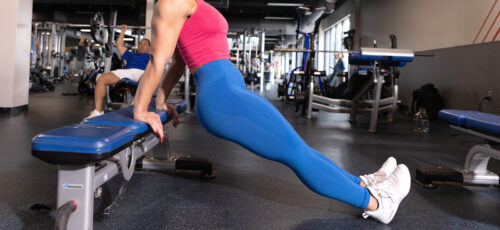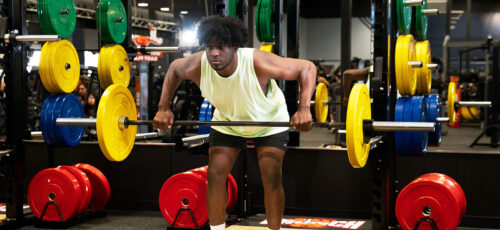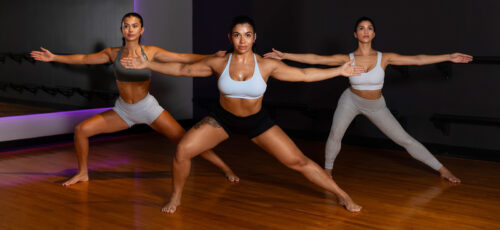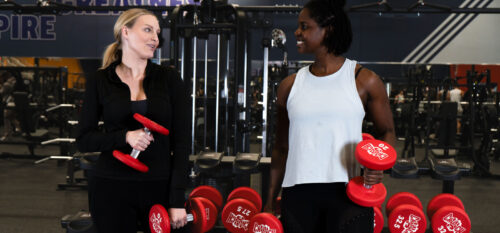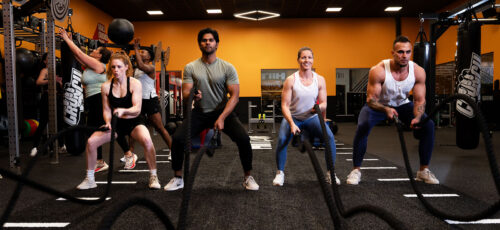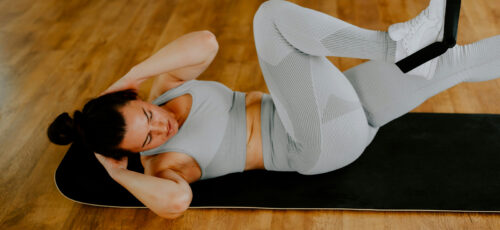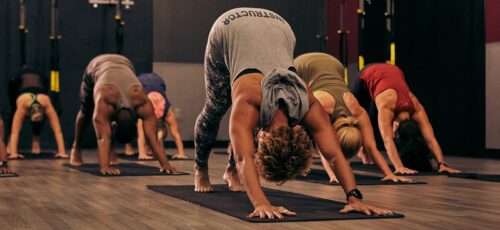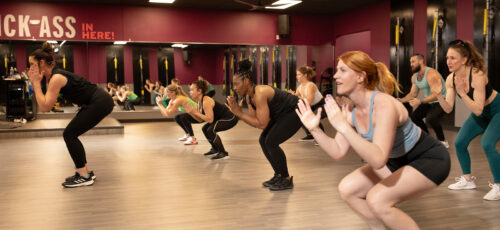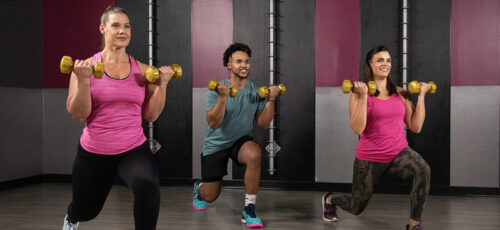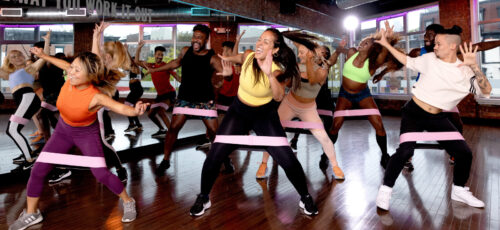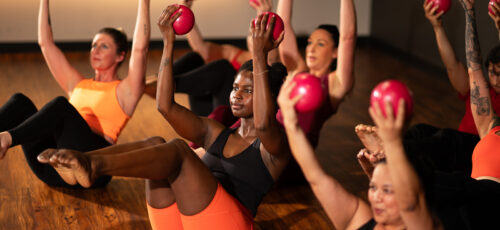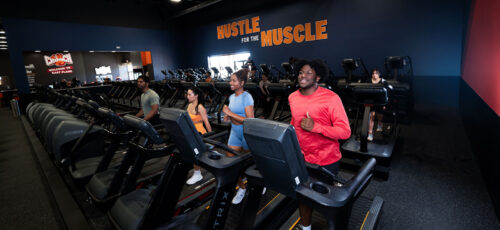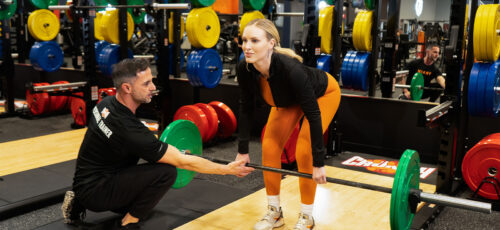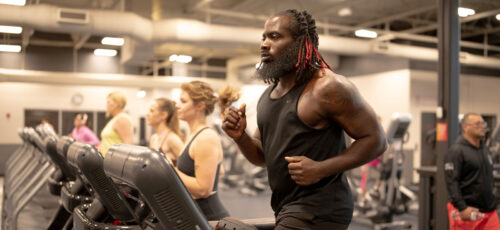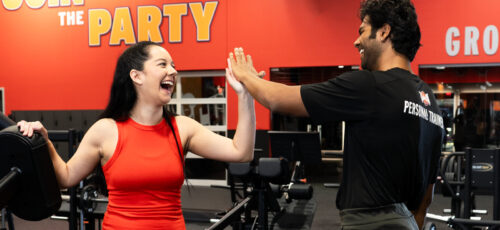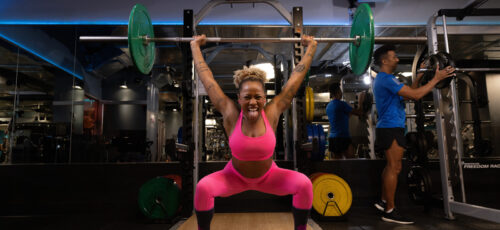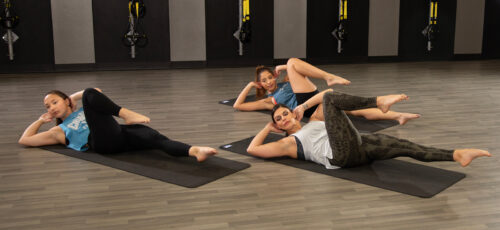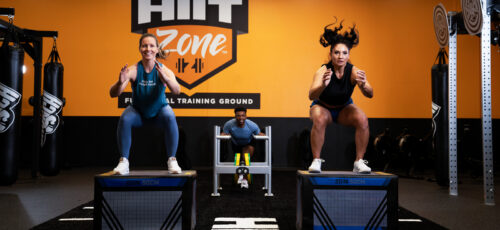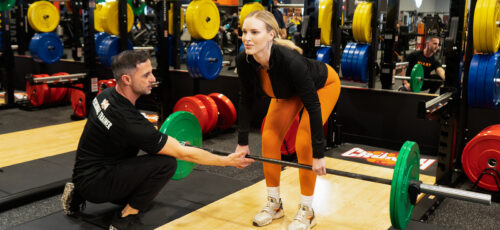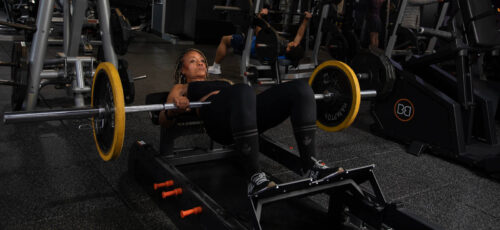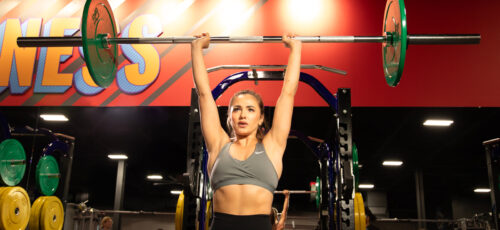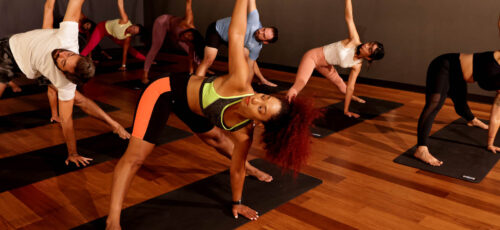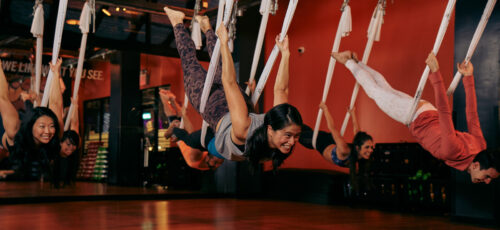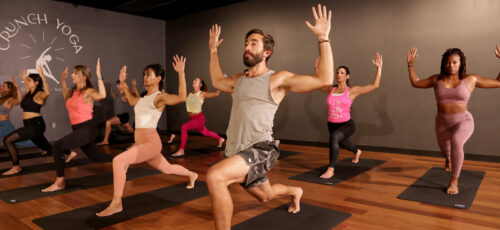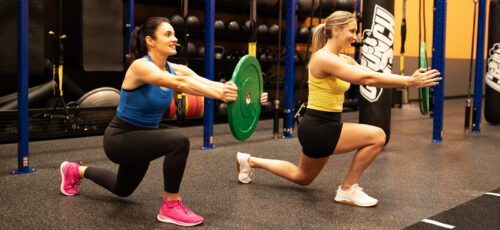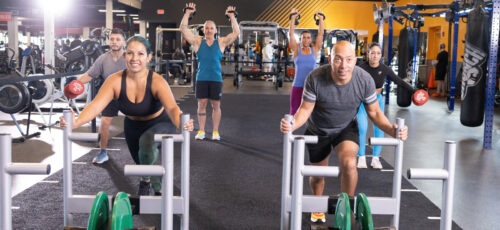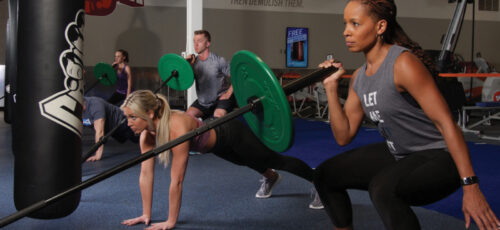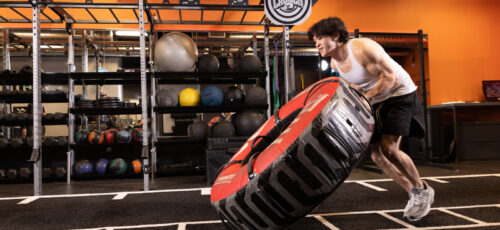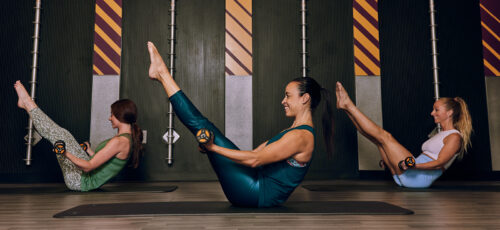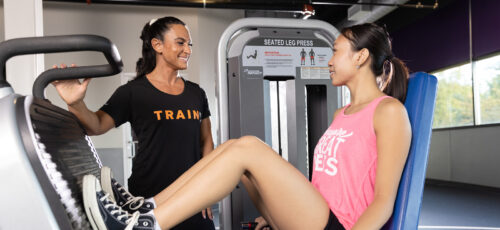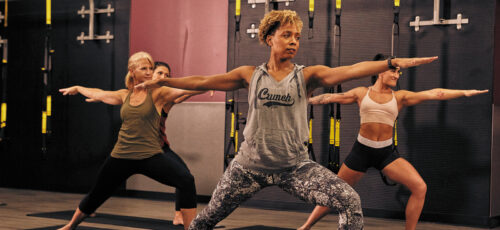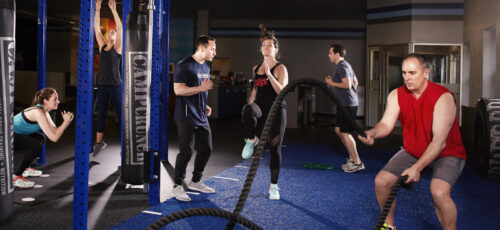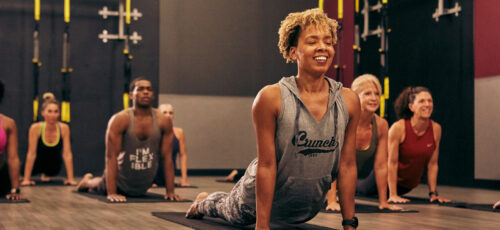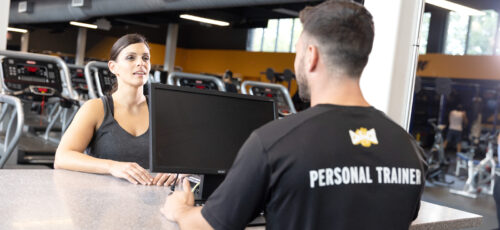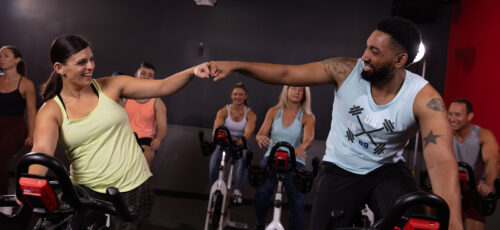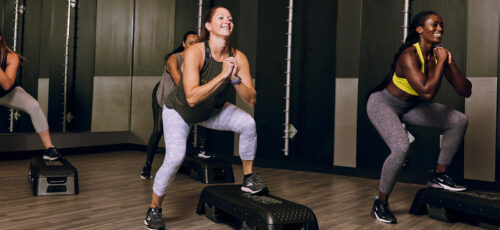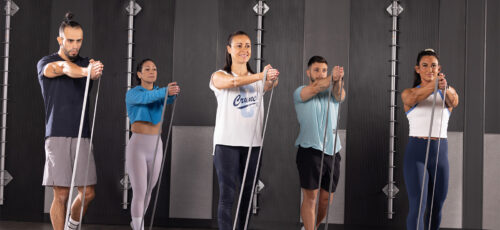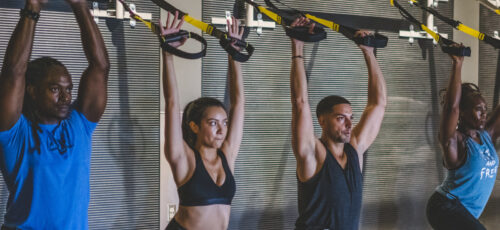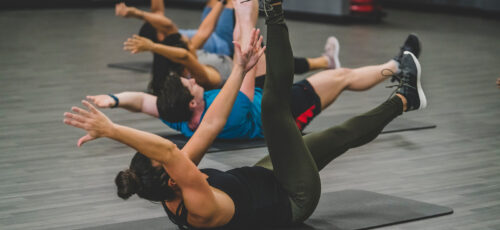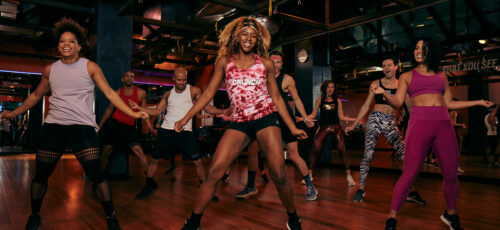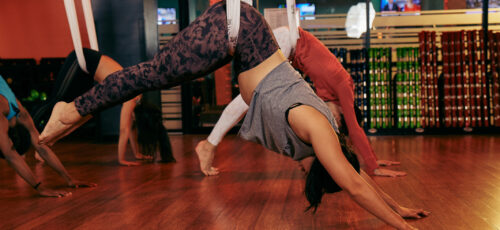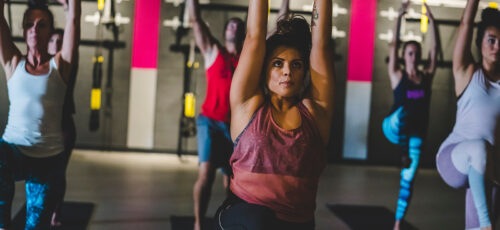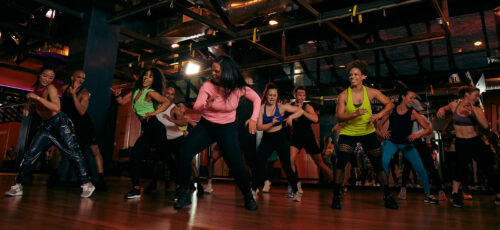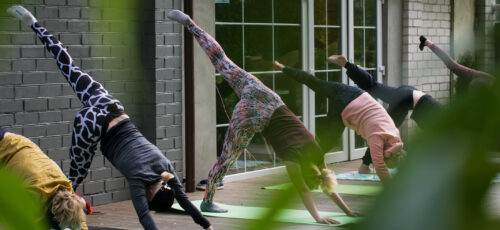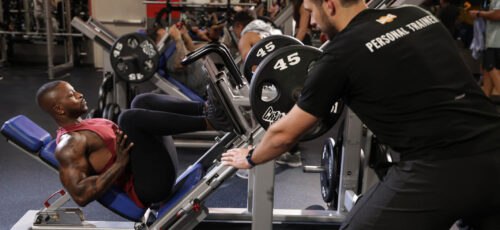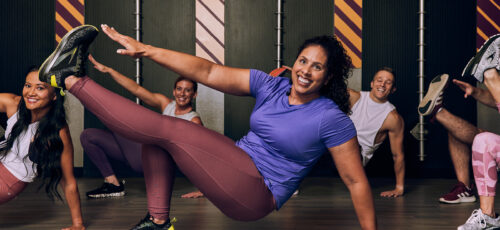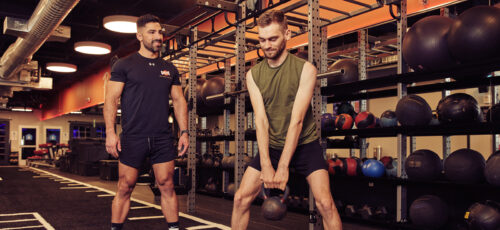
What Are Quick Wrist Strengthening Exercises I Can Do Every Day?
When you think about hitting the gym, your mind probably goes straight to squats for stronger legs or curls for bigger arms. But here’s the thing: your wrists do way more than you give them credit for.
Every push-up, pull-up, or heavy lift depends on those small but mighty muscles around your wrist joints and forearms. Ignoring them? That’s like trying to build a skyscraper on a shaky foundation.
Strong wrists aren’t just about looking lean or adding wrist size; they’re about function, stability, and performance. Consider tennis players who rely on solid wrist flexors for powerful serves, or weightlifters who need wrist extensors to hold onto the bar.
Even everyday activities, from opening jars to typing, depend on healthy wrist movements and grip strength. Without regular wrist strengthening exercises, you risk wrist pain, reduced range of motion, or issues like carpal tunnel syndrome.
That’s where this guide comes in. We’ll explain everything you need to know:
- Why wrist strength is so important
- How wrist strength differs from wrist size
- Which wrist strengthening exercises give you the biggest payoff?
You’ll also discover wrist stretching exercises to improve mobility, tips to prevent injury, and strategies to boost your wrist strength safely.
With a few minutes of focused strengthening exercises, you’ll protect your tendons, improve your grip, and level up every workout from push-ups to pull-downs.
Why Is Wrist Strength Important?
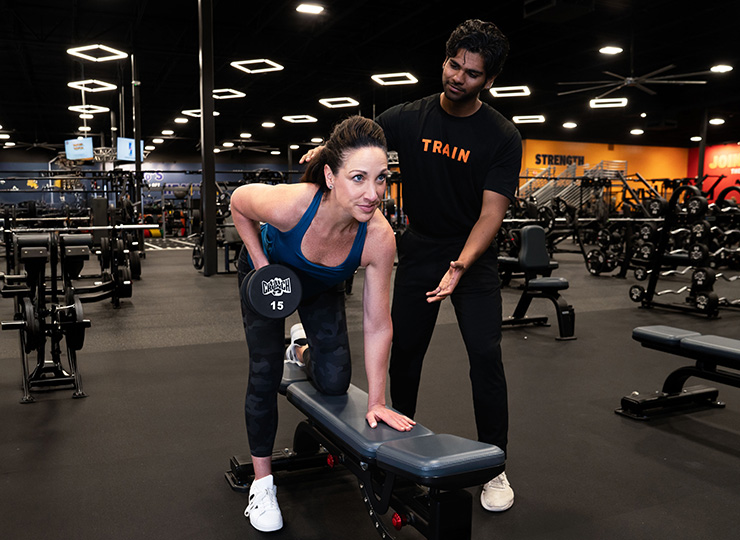
Honestly, most people don’t think about their wrists until they start to hurt. But building strong and mobile wrists can transform both your workouts and your daily life.
Whether you’re lifting a barbell, flowing through yoga poses, or simply carrying groceries, your wrists are working hard behind the scenes. That’s why adding wrist strengthening exercises to your routine is a total game-changer.
Here are the benefits of focusing on wrist strength and mobility:
Reduce Injuries and Pain
Weak or stiff wrists are more prone to strains, sprains, and overuse injuries. Everyday tasks like typing, cooking, or carrying bags place constant pressure on the wrist joints. Stronger wrists help prevent injury and ease wrist pain.
Boost Grip Strength
Your grip is only as strong as the muscles controlling your wrists and forearms. Poor grip strength is linked to higher injury risks and poor overall health. Building your wrist flexors and extensors improves grip strength, which translates to better performance in lifts and daily activities.
Stabilize Your Arms
Strong wrists act as a solid foundation for your arms. When your wrists are stable, pushing, pulling, and lifting movements feel smoother, safer, and more effective.
Increase Range of Motion
Struggle with wrist extension during push-ups or yoga? Limited wrist mobility might be holding you back. Strengthening and stretching your wrists increases motion and helps reduce discomfort.
Keep Joints Healthy
Improved wrist mobility stimulates synovial fluid. This natural lubrication keeps your wrist joints moving smoothly and prevents wear and tear.
Enhance Overall Strength
From deadlifts to chin-ups, push-ups to climbing, stronger wrists help you lift heavier, move better, and unlock progress in both gym training and sports like tennis or badminton.
Wrist Strength vs Wrist Size
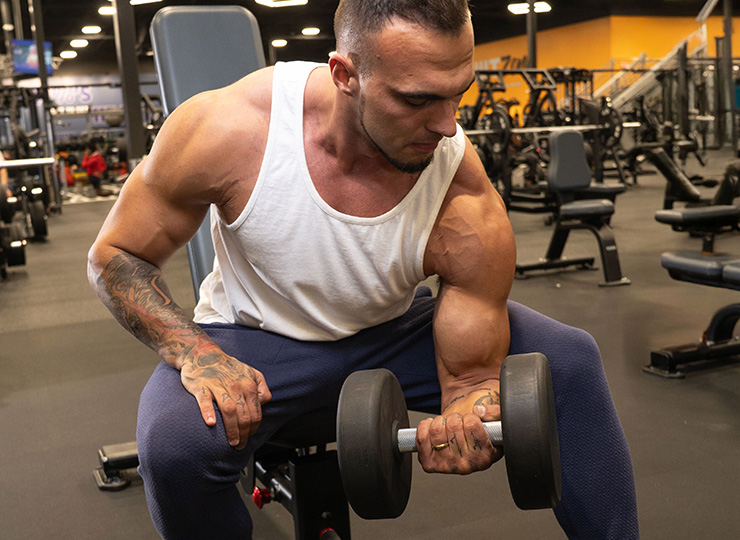
Here’s a common myth: bigger wrists automatically mean stronger wrists. Wrist size and wrist strength are two very different things. Unlike your biceps or glutes, your wrist size is mostly determined by bone structure, with tendons and ligaments contributing only slightly.
That means having small wrists doesn’t automatically make you weak, and having large wrists doesn’t guarantee strength.
So, where does true wrist power come from? It’s all about the muscles that surround and support your wrist movements:
- Forearm muscles: The wrist flexors and extensors are the key drivers of wrist strength. These muscles allow you to bend, extend, and rotate your wrists during exercises.
- Finger muscles: Grip strength relies heavily on the smaller muscles that control your fingers and thumb, which are engaged in nearly all wrist strengthening exercises.
- Appearance vs. function: Training your forearms may make them look more defined, but don’t expect your actual wrist size to change much.
At the end of the day, strength beats size when it comes to your wrists. By focusing on strengthening exercises, you’ll improve wrist stability, grip strength, and overall performance, regardless of the size of your wrists.
Wrist Strengthening Exercises You Can Try
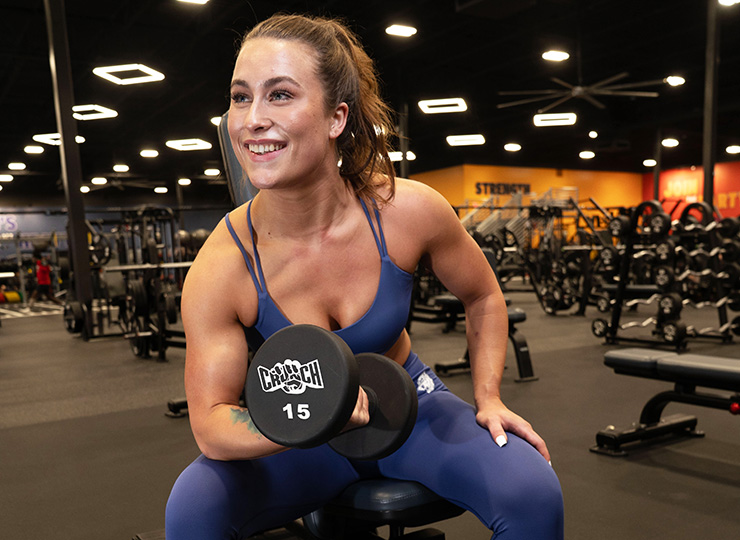
When it comes to building stronger wrists, the secret lies in consistency and smart progression. You don’t need heavy weights or advanced equipment, just a light dumbbell, a table, maybe even a rolled-up towel, and the willingness to start slowly.
Below are some of the most effective wrist strengthening exercises and wrist stretches to improve strength, mobility, and prevent injury.
1. Wrist Extension with Dumbbell
This exercise targets the wrist extensors, helping you build stability for everyday wrist movements.
- Sit in a chair with your forearm resting on a table, palm facing down, and a light dumbbell in hand.
- Let your wrist and hand hang over the edge of the table.
- Slowly lift the back of your hand toward the ceiling, keeping your forearm stable.
- Hold for a few seconds, then slowly lower back down.
- Repeat 10–15 reps for 2–3 sets.
No dumbbell? Try it without weights: hold one hand at chest level with your elbow bent, bend the wrist downward, apply gentle pressure with the opposite hand, and repeat.
2. Wrist Supination with Dumbbell
This move strengthens the wrist joints and improves rotation.
- Rest your forearm on a table with your thumb pointing up.
- Hold a dumbbell like a hammer.
- Slowly rotate your hand until your palm faces the ceiling.
- Pause, then rotate back to the starting position.
- Perform 2–3 sets of 10–12 reps.
Tip: You can combine this with pronation (next exercise) to work both wrist movements.
3. Wrist Pronation with Dumbbell
Great for balancing wrist strength and protecting against wrist pain.
- Sit with your forearm supported, dumbbell pointing up.
- Rotate your wrist so your palm faces down.
- Hold briefly, then return to neutral.
- Complete 2–3 sets of 10–15 reps.
4. Pronation to Supination Combo
- Sit with your forearm resting, palm facing down.
- Using a light dumbbell, slowly rotate until your palm faces up.
- Rotate back to the starting position.
- Repeat for 8–12 reps, 2–3 sets per side.
Focus on moving only from below the elbow, not the shoulder.
5. Radial to Ulnar Deviation
This exercise strengthens wrist mobility and stabilizers.
- Hold a dumbbell with your forearm supported in a neutral position (palm facing your midline).
- Lift your hand up toward the ceiling, then slowly move past neutral toward the floor.
- Repeat 8–12 reps per side for 2–3 sets.
6. Dumbbell Wrist Flexion
Perfect for targeting the wrist flexors.
- Rest your forearm with your palm facing up.
- Curl the dumbbell upward toward your wrist.
- Pause, then slowly lower to the starting position.
- Perform 2–3 sets of 8–12 reps per hand.
7. Finger Flicks
Also known as wrist flicks, this is a quick warm-up to get blood flowing.
- Extend arms in front, make a tight fist, then quickly flick fingers open wide.
- Repeat the squeeze-and-flick cycle for 20–30 seconds.
8. Finger Slides
A mobility exercise to improve wrist range and control.
- Extend your arm, palm facing forward.
- Slowly slide fingertips toward the base of your palm.
- Reverse the motion, slowly uncurling the fingers.
- Repeat 5–10 times per side.
9. Finger Push-Ups
Advanced but excellent for grip strength and tendon control.
- Begin in a tabletop position, knees under hips, wrists under shoulders.
- Push up through your fingers pointed forward, lifting palms slightly.
- Slowly return palms to the ground.
- Repeat 5–8 reps for 2–3 sets.
If the sensation is too intense, move your hands further in front of your shoulders to reduce pressure.
Wrist Stretching Exercises
Stretching is just as important as strengthening. These wrist stretching exercises improve mobility and flexibility, helping to prevent injury.
Tabletop Wrist Stretch
- Start in a tabletop position with palms flat on the floor and fingers pointed forward.
- Gently lean forward to create a moderate stretch.
- Hold for 10–30 seconds or rock back and forth.
- Repeat 2–3 times.
For an added challenge, point your fingers back toward your knees.
Prayer Stretch
A simple stretch for the wrist joints and forearm muscles.
- Place palms together in prayer, fingertips under chin.
- Slowly lower your hands while keeping your palms pressed.
- Hold 10–30 seconds, repeat 2–3 times.
- Perfect for a desk break during typing or phone use.
Wrist Rotations
Improves wrist flexion and wrist extension.
- Extend one arm, fingers pointing down.
- With the other hand, gently pull fingers toward the body for a light stretch.
- Hold 10 seconds.
- Reverse by pointing fingers up and pulling gently back.
- Repeat 2–3 times per wrist.
Steeple Stretch
Great for mobility and blood flow.
- Start in a prayer position.
- Spread fingers and thumbs wide.
- Separate palms, bring them back together.
- Perform several reps, multiple times daily.
How To Improve Wrist Strength

Stronger wrists don’t just happen; you have to train them with the same consistency you give your bigger muscle groups. The good news? You don’t need hours in the gym. Just 2–3 wrist strengthening exercises and 1–2 wrist stretches on 2–4 days per week can build noticeable strength and mobility. You can slot them into your existing workout or perform them as a quick standalone session.
Compound moves like deadlifts, push-ups, and pull-ups naturally challenge your wrists, but relying on those alone isn’t enough. To really protect your wrist joints and improve function, it’s important to include wrist-specific strengthening exercises.
Focus on all the major wrist movements, extension, flexion, adduction, and abduction, to build a balanced foundation. This variety ensures you’re targeting not only the wrist flexors and extensors, but also the stabilizing muscles that support grip strength and everyday motion.
Stretching matters too. Adding wrist stretching exercises improves your range of motion, which means the muscles and tendons are trained across a wider range. The result? Enjoy more stability, reduced wrist pain, and enhanced protection against injury, whether you’re lifting heavy, typing at a desk, or carrying groceries.
With the right balance of strengthening exercises and stretches, your wrists will be stronger, safer, and ready for anything.
Join Us!
Crunch promotes a culture of positivity, inclusivity, and fun, with no judgment, by providing an environment for all individuals regardless of their health and fitness goals. Find a Crunch gym near you to try our free trial membership, or join Crunch now. We’re here for you – at the gym or at home. Access the best live & on-demand workouts anytime, anywhere with Crunch+. Ready to get sweaty? Try hundreds of workouts for free! Start your free trial now!
FAQ’s
What Are The Best Exercises To Improve Grip Strength At The Gym Or at Home?
Some of the most effective grip strength exercises include farmer’s carries, dead hangs from a pull-up bar, wrist curls, and finger push-ups.
These moves target the wrist flexors, extensors, and forearm muscles that control grip. You can use light dumbbells, a rolled-up towel, or even a water bottle for resistance.
Consistently practicing these wrist-strengthening exercises will build stronger wrists and better grip strength over time.
How Often Should I Train My Wrists And Grip For Noticeable Results?
Most people benefit from training their wrists and grip 2–3 times per week. Keep the workouts short, with a mix of wrist-strengthening exercises and stretches, and always give yourself at least one day of rest between sessions.
Consistency matters more than intensity. With regular training, you should notice improvements in grip strength, wrist mobility, and reduced wrist pain within a few weeks.
Can Grip And Wrist Exercises Help Reduce The Risk Of Injury?
Absolutely. Weak or stiff wrists are more prone to sprains, tendon issues, and overuse injuries. By adding wrist strengthening exercises, you build stability in the wrist joints and forearm muscles, making daily movements like typing, lifting, and carrying easier and safer.
These exercises also improve grip strength, which research links to overall better health and lower injury risk. Strong wrists are key to long-term performance and joint protection.
Do I Need Special Equipment For Grip And Wrist Workouts, Or Can I Use Bodyweight Only?
You don’t need expensive equipment to strengthen your wrists. Bodyweight exercises like push-ups, finger flicks, towel squeezes, and wrist rotations can build strength and mobility effectively.
If you prefer, you can add light dumbbells, resistance bands, or a grip trainer to increase intensity. Starting with bodyweight helps you master form and prevent injury, while adding tools later keeps your training challenging and engaging.














